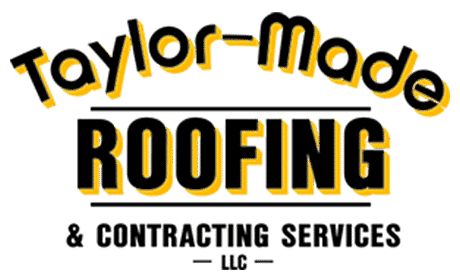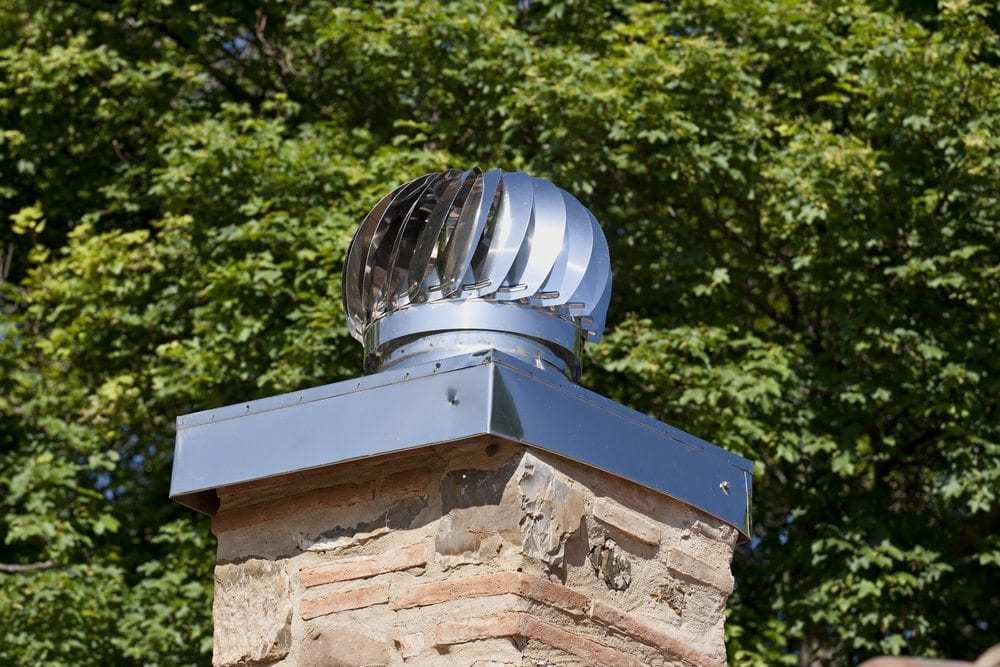Roof vents are essential for every home: they reduce heat in the summer and moisture in the winter, keeping your attic in better condition year-round. They also prevent ice dams, which will help minimize your risk for roof damage during an ice storm and prolong your roof’s materials. Not sure which type of vent to choose for your home? We’ll explore the many roof ventilation options you have as a homeowner, helping you decipher which one is best for you.
Roof Ventilation Options
Motor or No Motor?
Some roof ventilation options use motors, while others do not. The ones that do not use motors are called static vents. The two each have advantages and disadvantages, and we’ll discuss both kinds.
Wind Turbines
You’ve likely seen wind turbines—shown in the image above—before. They have the iconic appearance of a chef’s hat. While these vents do move, they are still static, using only the wind to power their movement. It’s recommended that you invest in a higher quality wind turbine however—the metal begins to squeak over time with the cheaper ones.
Ridge Vents
Another static vent option, ridge vents lie—you guessed it!—over your roof’s ridge. They extend from one end of the ridge to the other, and they generally camouflage nicely with the roof. Several homeowners like ridge vents for this reason. Air flows into the top of the roof with this type of vent.
Soffit Vents
Unlike ridge vents, which sit at the very top of the roof, soffit vents rest at the very bottom. They also blend in well with the roof itself. Because air flows into the bottom of the roof with a soffit vent and through the top with a ridge vent, many pair the two options together.
Power Fans
These vents are the only listed here that use a motor to ventilate—the motor allows them to powerfully suck air from the attic out and blow fresh air in. That said, they are very effective at ventilating a home. Power fans will, however, add some to your energy bill, which some consider a disadvantage.
Box Vents
Box vents are the most no-frills ventilation option—they’re simply a vent placed over a hole cut in the roof. Another static vent, they rely on the wind to flow through them and reduce heat and moisture from an attic. Their simple structure normally requires homeowners to have more than one of them, however.
Which Vent Is Best?
None of these options is necessarily better than any other. If you’re trying to decide on the best vent for you, first consider whether you want a static vent or one with a motor. Again, motorized vents are effective, but a bit more costly; static vents are cheaper but won’t be as powerful.
The next step you’ll want to take is asking a roofing professional for their opinion. Based on your home and roof’s structure (especially on how large your attic is), different houses require different types of roof vents. A roofing professional can come evaluate your home and see which option you might want to choose.
____
You know all about your roof ventilation options now, but do you need help selecting and installing one? If you live in southwest Missouri and need some roof help, contact the professionals at Taylor-Made Roofing. With over 20 years of experience in residential and commercial roofing, Taylor-Made Roofing is a company that you can trust with all of your roofing needs. Our family-owned business offers quality services, a reassuring warranty, and free estimates. For more information, please give us a call at 417-326-8778 or contact us online. We look forward to hearing from you!

